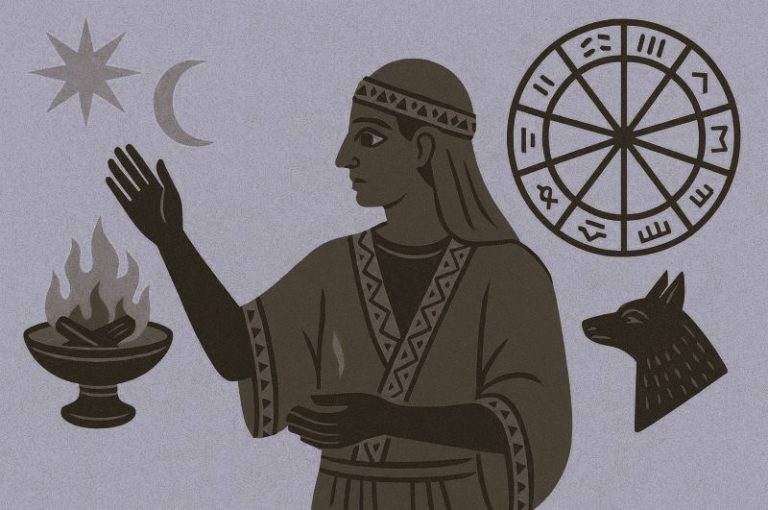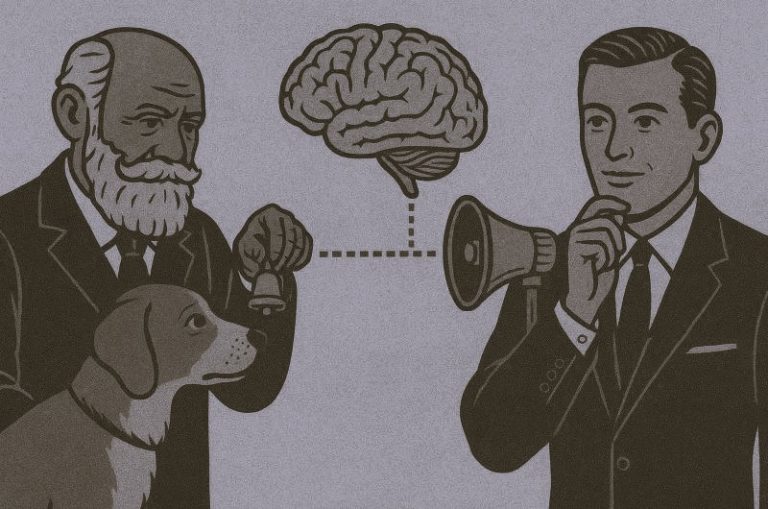

Presentation by Dr. Matthew Green
Historian
Would you go up to a stranger in a coffee shop and ask them for the latest news? Dr. Matthew Green takes us back to the 17th and 18th centuries when London’s original fleet of coffeehouses were very different from the current crop of branded cafes. He calls for a coffeehouse revolution to bring us out of digital isolation and back into physical community.
The first coffeehouse in England was set up in Oxford in 1650-1651 by “Jacob the Jew”. A second competing coffee house was opened across the street in 1654, by “Cirques Jobson, the Jew” ( Queen’s Lane Coffee House). In London, the earliest coffeehouse was established by Pasqua Rosée in 1652. Anthony Wood observed of the coffee houses of Oxford in his Life and Times (1674) “The decay of study, and consequently of learning, are coffee houses, to which most scholars retire and spend much of the day in hearing and speaking of news”. The proprietor was Pasqua Rosée, the servant of a trader in goods from the Ottoman Empire named Daniel Edwards, who imported the coffee and assisted Rosée in setting up the establishment there.
From 1670 to 1685, the number of London coffeehouses began to increase, and they also began to gain political importance due to their popularity as places of debate. English coffeehouses in the 17th and 18th centuries were significant meeting places, particularly in London. By 1675, there were more than 3,000 coffeehouses in England. Coffeehouses were also known as “penny universities” because of the crowd that they attracted. Scholars and students alike were regulars, and anyone with a penny could enter and sit in on a lecture or have access to books or print news. Coffeehouses boosted the popularity of print news culture and helped the growth of various financial markets including insurance, stocks, and auctions.
Though Charles II later tried to suppress the London coffeehouses as “places where the disaffected met, and spread scandalous reports concerning the conduct of His Majesty and his Ministers”, the public flocked to them. The coffeehouses were great social levelers, open to all men and indifferent to social status, and as a result associated with equality and republicanism. The rich intellectual atmosphere of early London coffeehouses were available to anyone who could pay the sometimes one penny entry fee, giving them the name of ‘Penny Universities’.
More generally, coffeehouses became meeting places where business could be carried on, news exchanged and the London Gazette (government announcements) read. Lloyd’s of London had its origins in a coffeehouse run by Edward Lloyd, where underwriters of ship insurance met to do business. By 1739, there were 551 coffeehouses in London; each attracted a particular clientele divided by occupation or attitude, such as Tories and Whigs, wits and stockjobbers, merchants and lawyers, booksellers and authors, men of fashion or the “cits” of the old city center. According to one French visitor, Antoine François Prévost, coffeehouses, “where you have the right to read all the papers for and against the government”, were the “seats of English liberty”.
In London, coffeehouses preceded the club of the mid-18th century.
Jonathan’s Coffee House in 1698 saw the listing of stock and commodity prices that evolved into the London Stock Exchange. Lloyd’s Coffee House provided the venue for merchants and shippers to discuss insurance deals, leading to the establishment of Lloyd’s of London insurance market, the Lloyd’s Register classification society, and other related businesses. Auctions in salesrooms attached to coffeehouses provided the start for the great auction houses of Sotheby’s and Christie’s.
In Victorian England, the temperance movement set up coffeehouses (also known as coffee taverns) for the working classes, as a place of relaxation free of alcohol, an alternative to the public house (pub).
Dr. Green is an historian and broadcaster, with a PhD in the history of London from Oxford University. He writes historical features for the Telegraph and Guardian, appears in documentaries on the BBC, ITV and Channel 4, and gives talks all over London. He is the co-founder of Unreal City Audio, which produces immersive, critically acclaimed tours of London as live events and audio downloads. His first book, London: A Travel Guide Through Time is published by Penguin and available now.
Published on YouTube, 02.22.2016, by TEDx, republished with embed permission. Text via Wikipieda under the terms of a Creative Commons Attribution-ShareAlike 3.0 Unported license.



